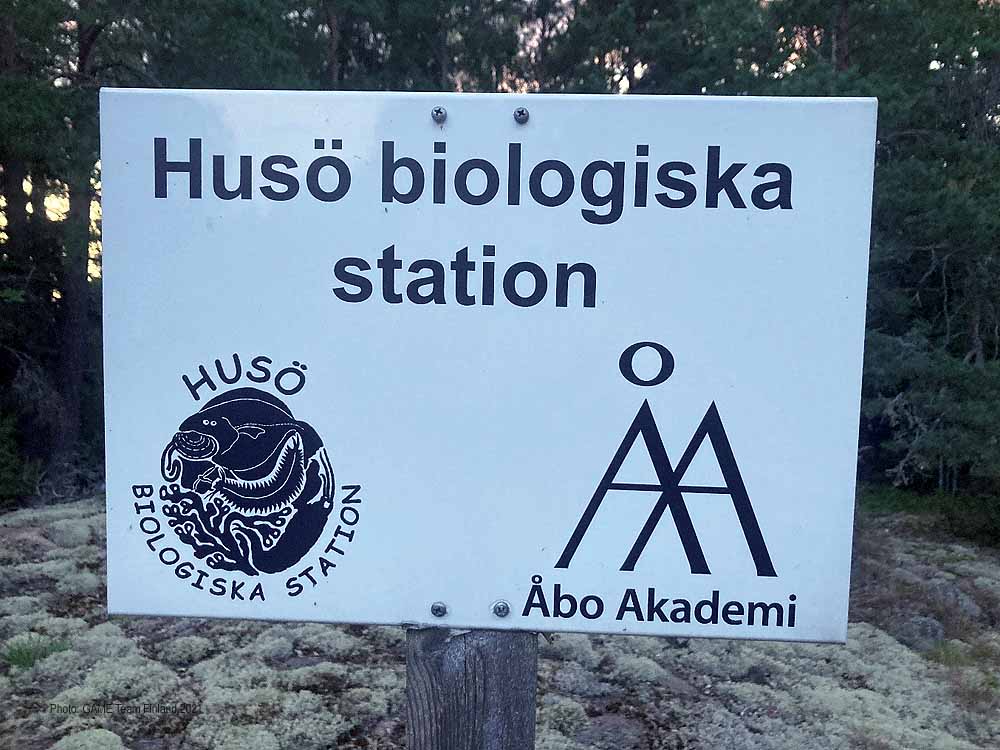A few months ago, we didn’t know either that our team would exist nor that we would be participants in this year’s GAME project in Finland. We are a team consisting of two marine biology students from Germany: Helen Lichtenstein & Sarah-Vanessa van Dahl. Helen is studying at the Christian Albrechts University in Kiel and was supposed to go to Cabo Verde when participating in this year’s GAME project. Sarah is studying at the University of Rostock and was initially supposed to go to Japan. However, due to the COVID-19 situation, which prevented both of us from reaching our destinations, the plans were changed and Team Finland was born!
The Biological Station in Husö on the Åland Islands is now our home and research base for the next months. The journey to here alone was quite adventurous. After we arrived in Finland, we first had to go into quarantine, which luckily could be shortened by a negative PCR test. We spent this quarantine in Turku, and from there, we went to the Åland Islands by ferry, what took us almost 6 hours. However, during this trip, we had a wonderful view of the Baltic Sea.
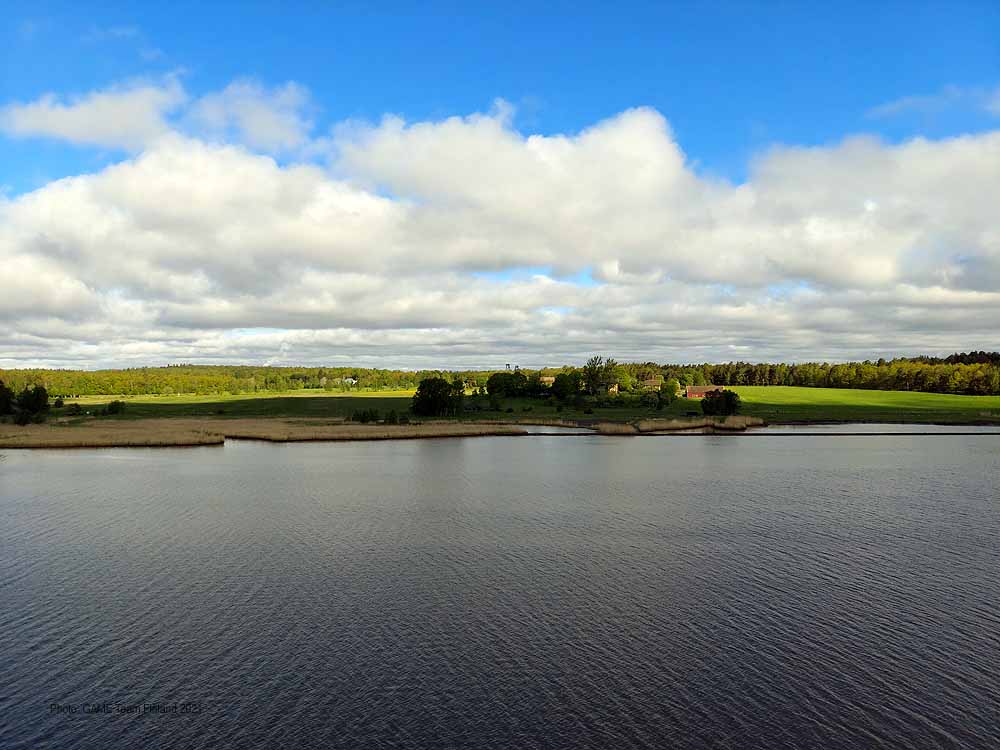
Our remote station is located in the countryside and near the Baltic Sea. Those who love nature will like it here and so do we!. It’s very quiet here, and you can see deers almost every day. Furthermore, there are cows and sheep grazing around the station. Apart from enjoying the “wild-life”, you can take a walk in the forest or go for a beautiful trip with one of the kayaks or boats that belong to the station.
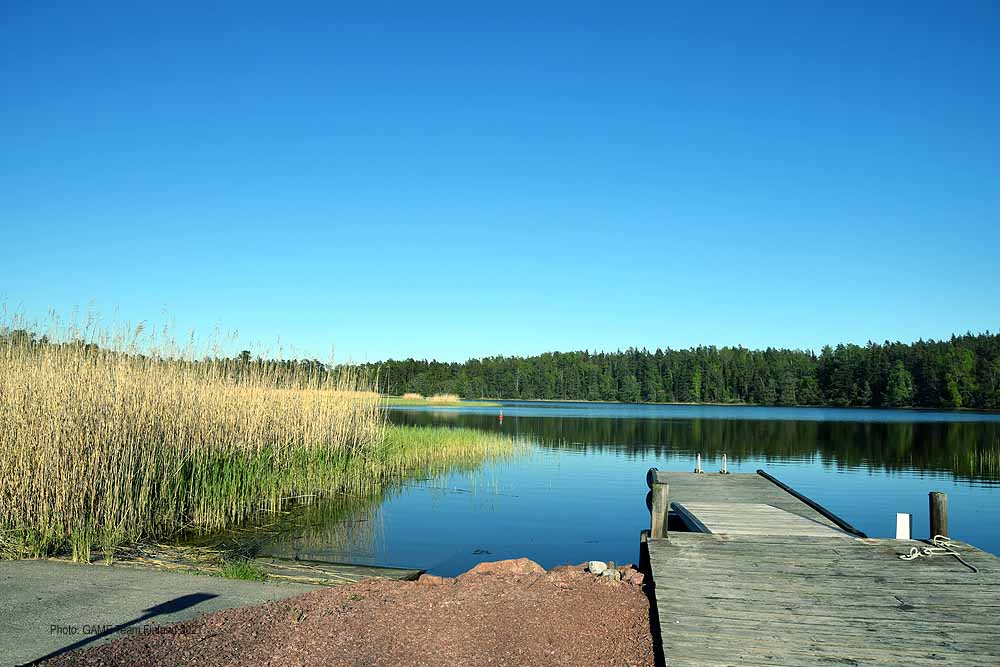
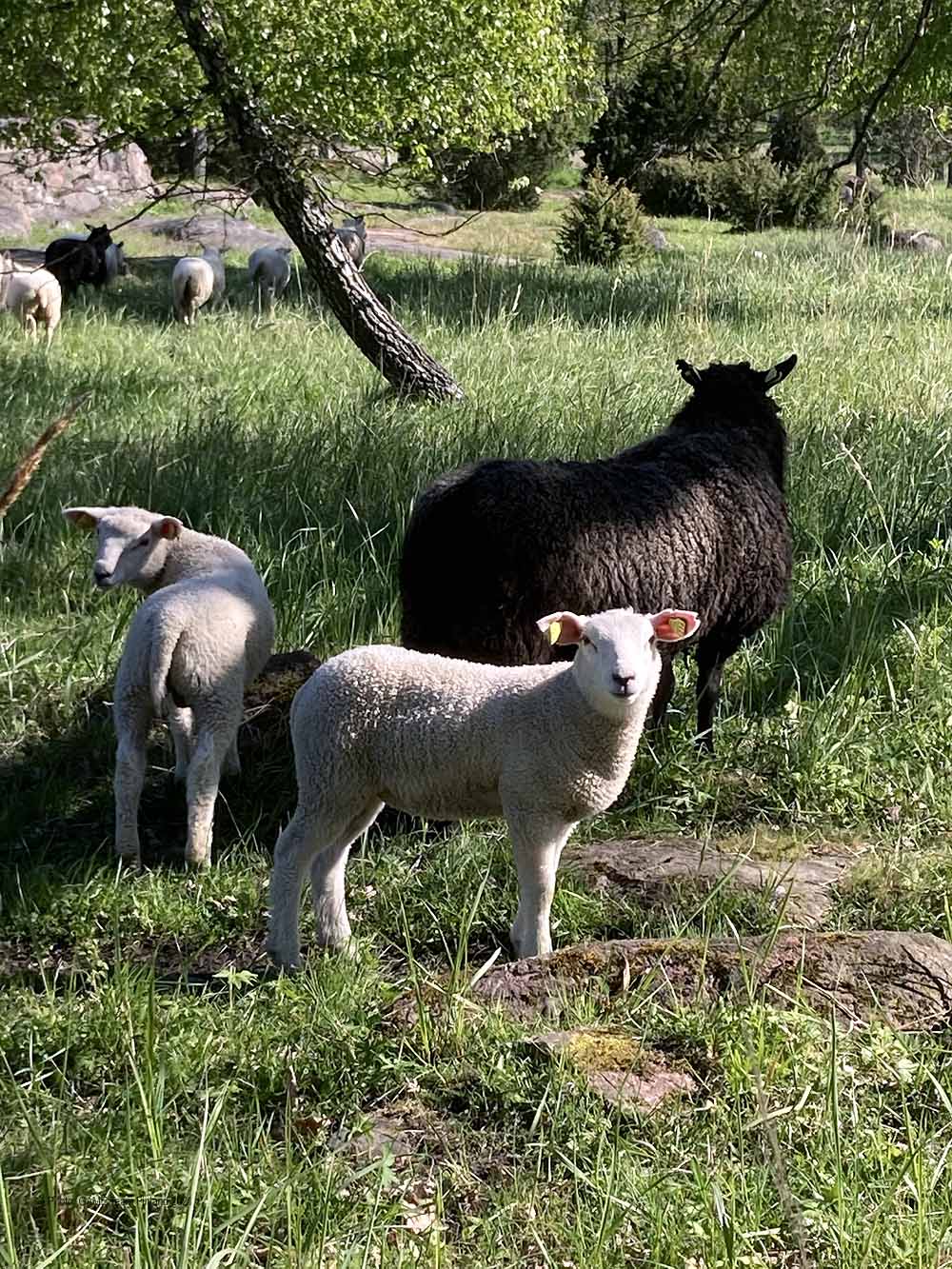
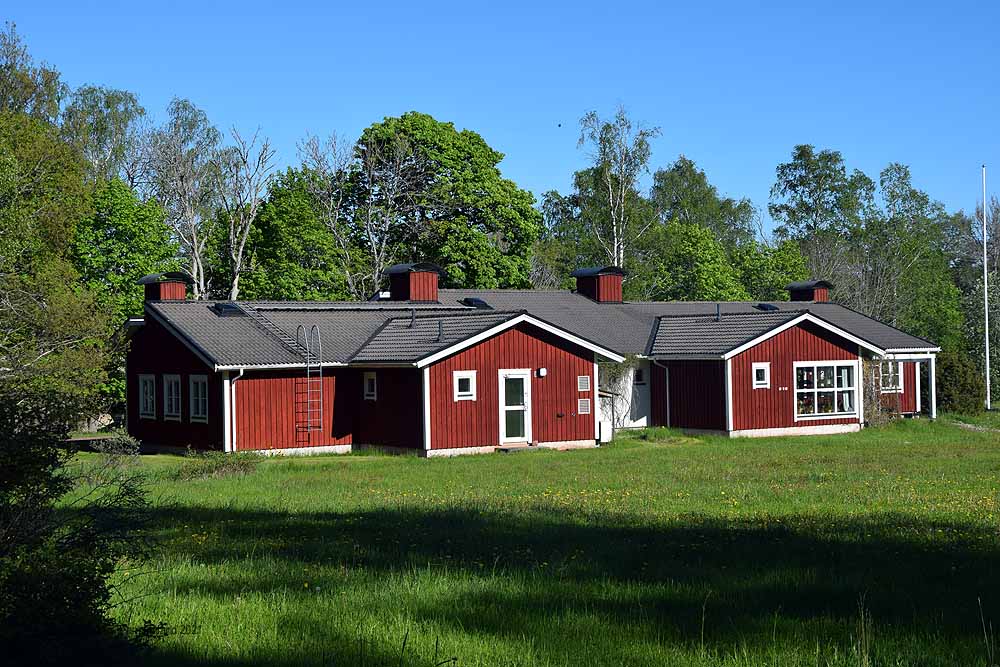
After we got here, we immediately started with our work, but we quickly encountered some unforeseen challenges. One of these was to find suitable test organisms. As already explained in previous blogs, the GAME topic of 2021 requires that we find benthic invertebrate grazers, which we will then expose to Artificial Lighting at Night (ALAN). However, exactly that was our problem, because there are hardly any such invertebrates here. This has to do with the fact that the salinity here is very low. In general, the number of species of marine animals decreases with decreasing salinity, and here in Finland, we have a salinity of 6 %. This is too low for most marine species and too high for freshwater organisms. In the end, we made the following decision: Helen works with Lymnaea stagnalis. This freshwater snail can also be found here in the brackish waters of the northern Baltic Sea and it mainly feeds on small filamentous algae.
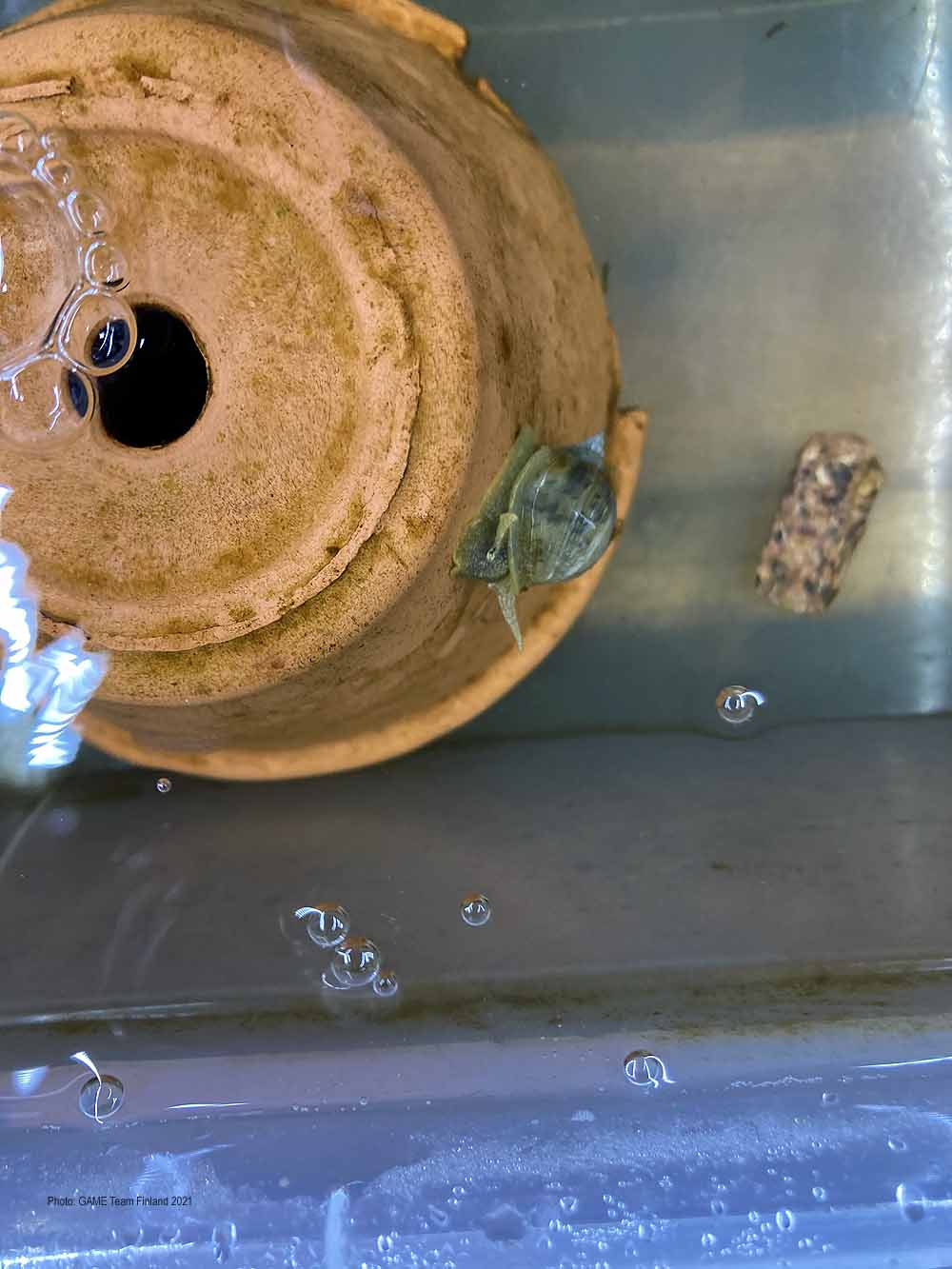
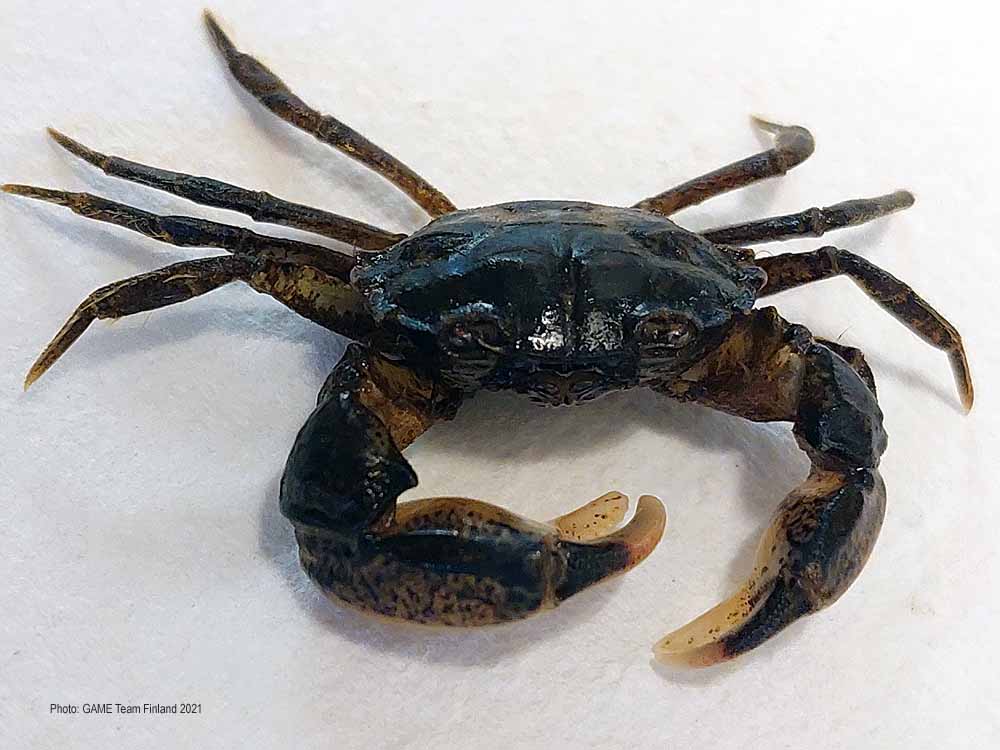

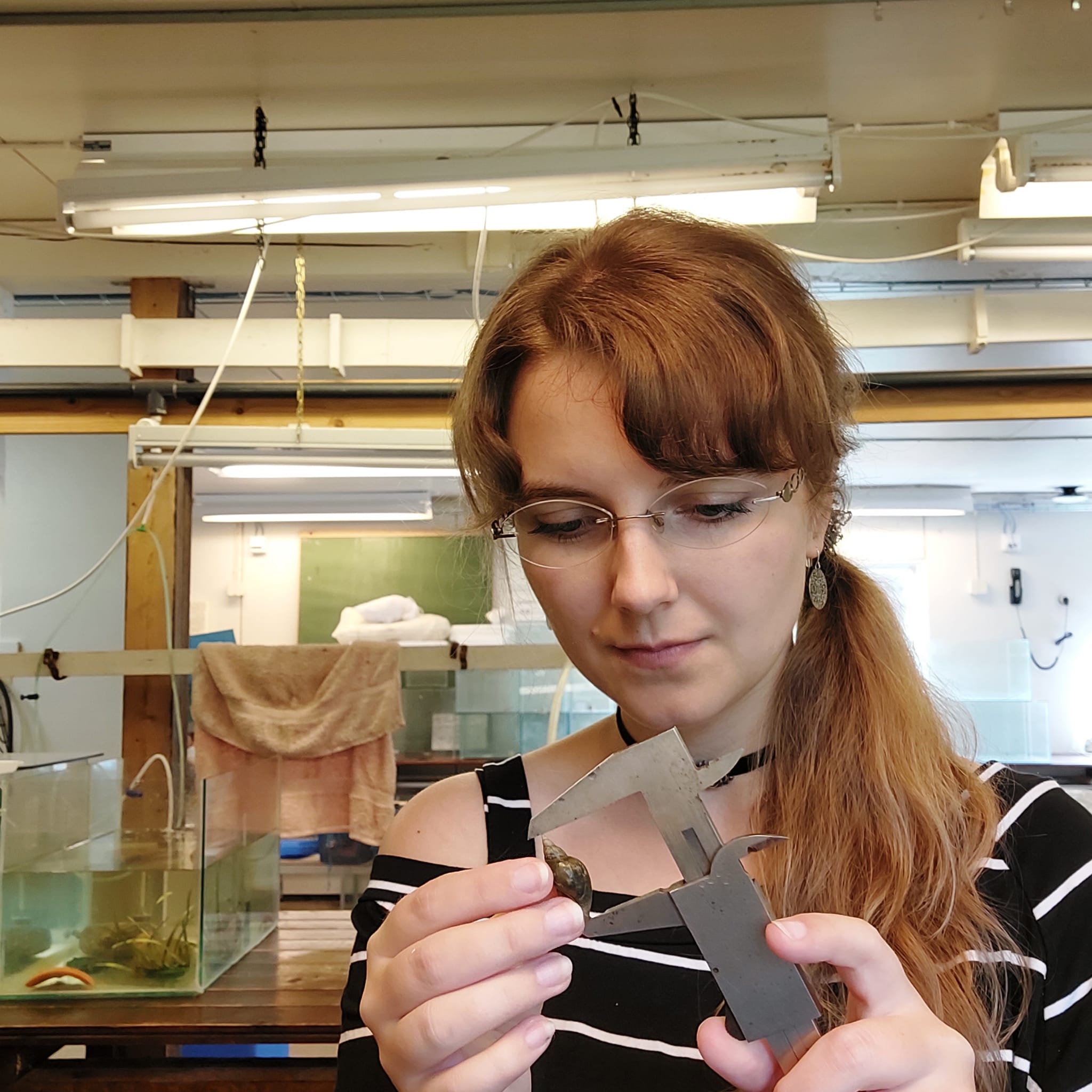
Sarah works with the mud crab Rhithropanopeus harrisii. This crab is, like most species in the Baltic Sea that are not carnivorous, not exclusively herbivorous, but omnivorous. It is an invasive species that initially came from North America.
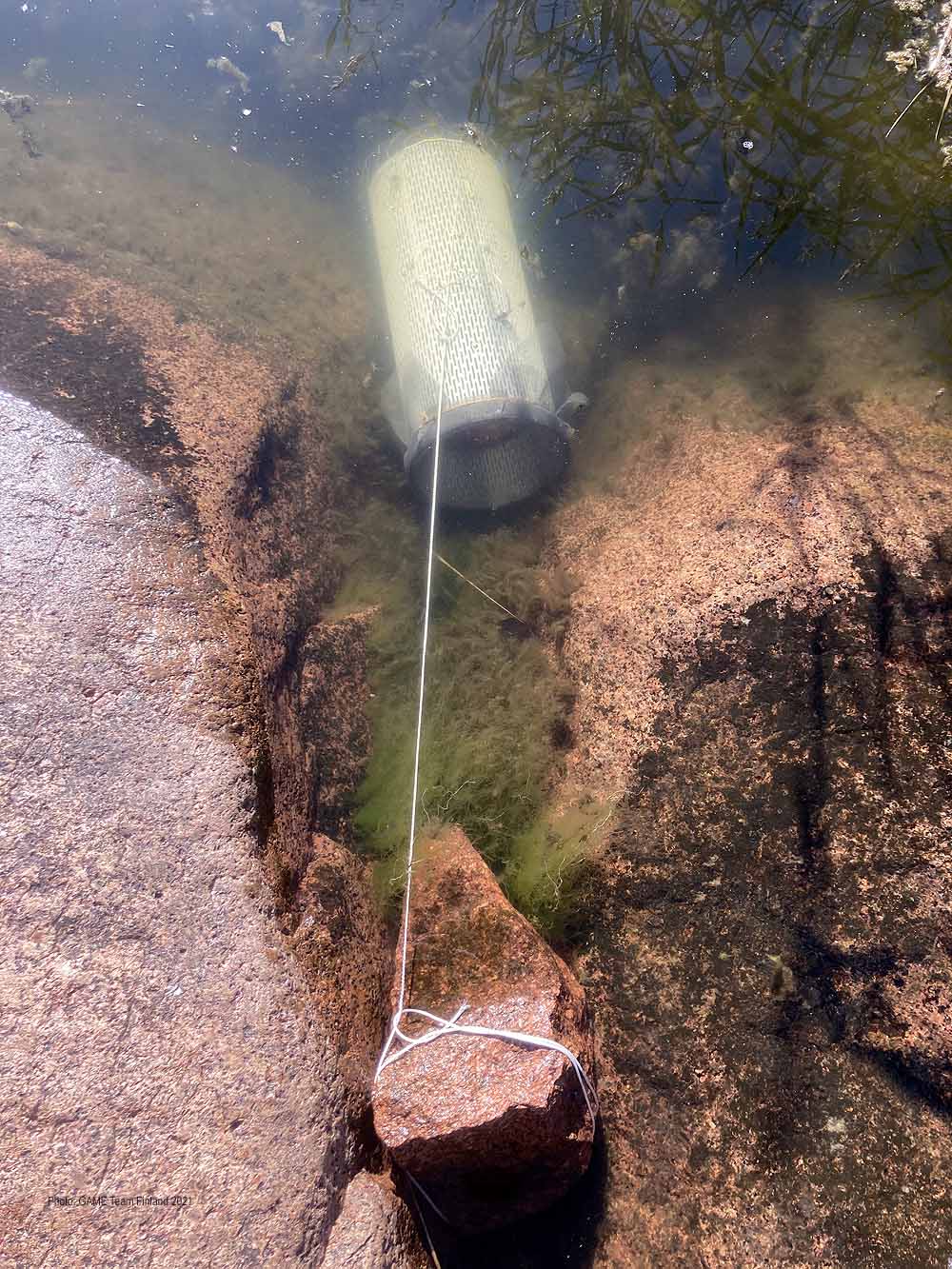
We collect the snails by hand and use the boat to search the area around the station for them. They are usually in shallow water on stones or algae mats.
For catching crabs, we built traps out of simple baskets and filled them with stones, clay pots, and pipes to attract them by offering something to hide in. A wire netting is stretched over it, and the traps are lowered into the water with ropes and fastened. We then check them for the presence of animals every few days. Catching new specimens of our test species besides our work in the laboratory is not that easy, because you have to drive by car for a while to arrive at spots where the animals can be found. Luckily, we are not alone at the station and there are many interns and scientists who help us a lot!
Setting up our experiments also became a challenge, because there is not that much suitable laboratory space available on-site, since we are not the only ones doing research here. Furthermore, since we work with light, not every room at the station that could theoretically be used for experiments was an option. This is because we have to avoid people walking in and out of the room all the time and influencing the lighting conditions. For the same reason, we didn’t want any windows either. In the end, we got a climate room without any windows, what is an advantage since no light from the outside could interfere with our set up. For our construction, we used large boxes in which our individual tanks for each replicate can be stored. Each of these boxes is responsible for one of our light treatments. This means that the animals experience a natural day/night rhythm in one box, and in another box, they are exposed to light pollution. An additional box is then responsible for our measurements. We have covered each of these boxes with black foil so that the individual boxes with their individual lighting do not influence each other and are separated.
We were lucky that earlier someone at the station already worked with the crabs. This work was about the effects of marine heat waves on Rhithropanopeus harrisii. So, we were able to orientate ourselves on this when setting up our experiment and we were also able to take over at least a small part of the materials. Getting the missing material also turned out to be an adventure. Since we are on Åland, it is not so easy to get all the things we need in a short time.
Since our lab room is quite small, we had to try a lot of settings until everything was finally in its place, and when that was the case, we were faced with other problems: It took a few days for our water supply to work and to supply all of our tanks. The pump stopped working several times, and the water pressure was initially far too low to supply all the tanks. After we solved that and a few other problems, our experimental set-up finally stood and we could start!
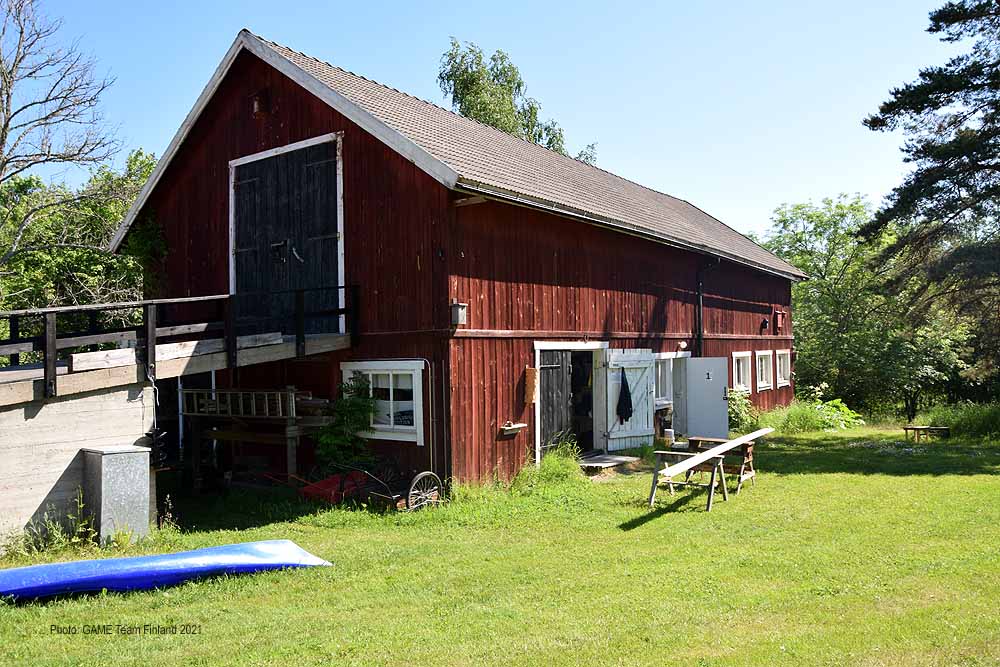
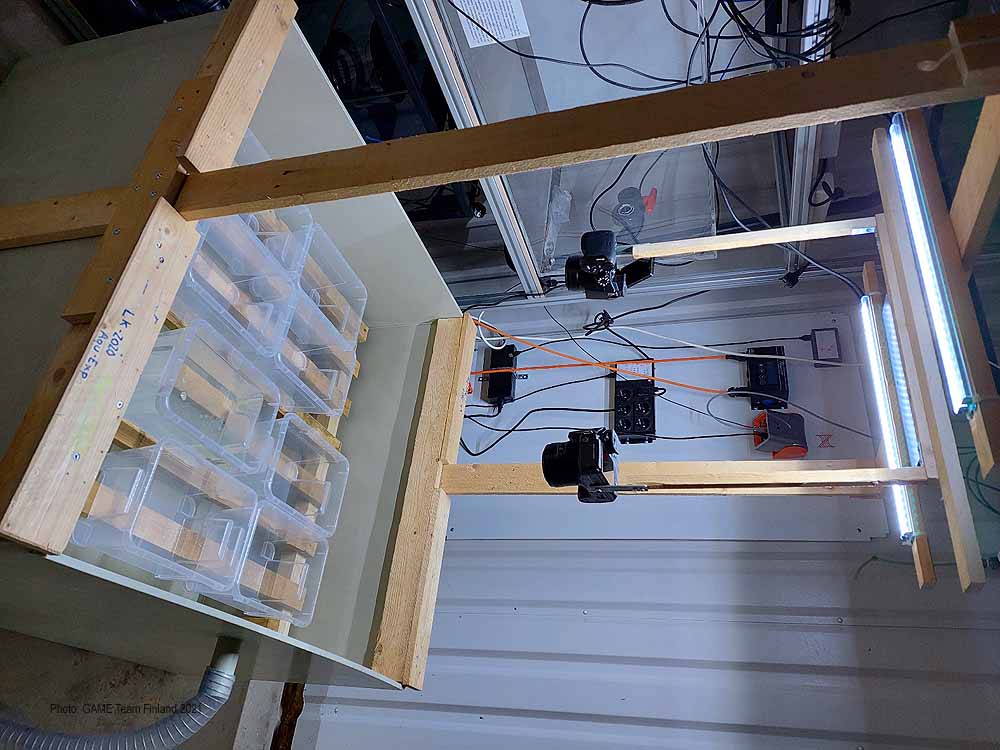
And now we are almost done with our first experiment and can finally start with our second (and last) experiment soon. We are constantly learning and improving our daily work and we are really enjoying our time here on Åland. Besides our work, we don’t have a lot of free time, but when we do find some time to spare, we usually spend it like this:
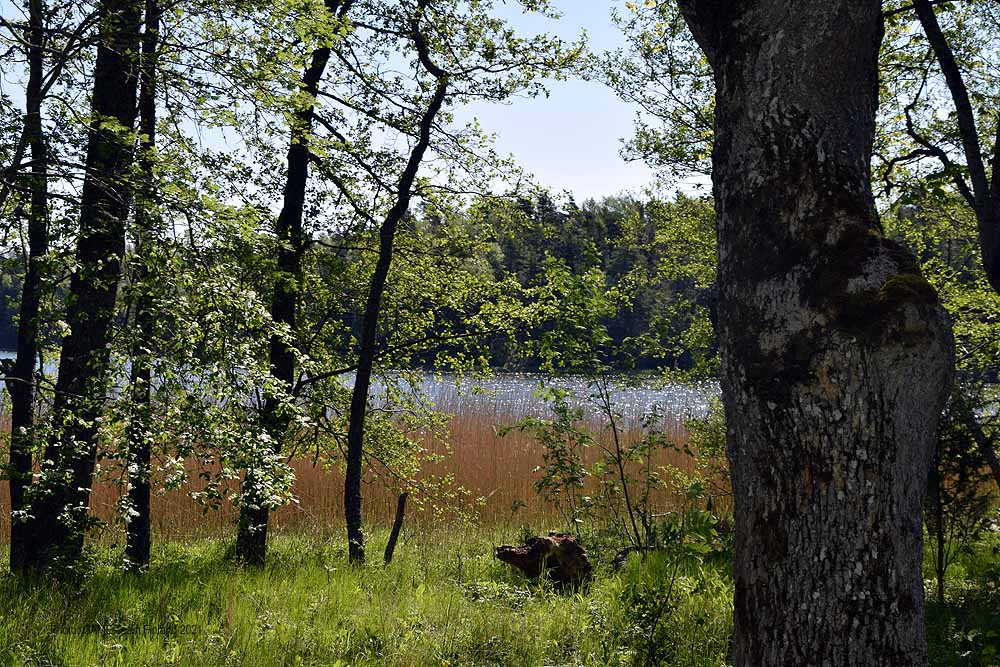
Take a walk through the beautiful nature around the station, but be aware of snakes and ticks.
Sometimes we also have time for other interesting things like the Viking market, which takes place every last weekend of July.
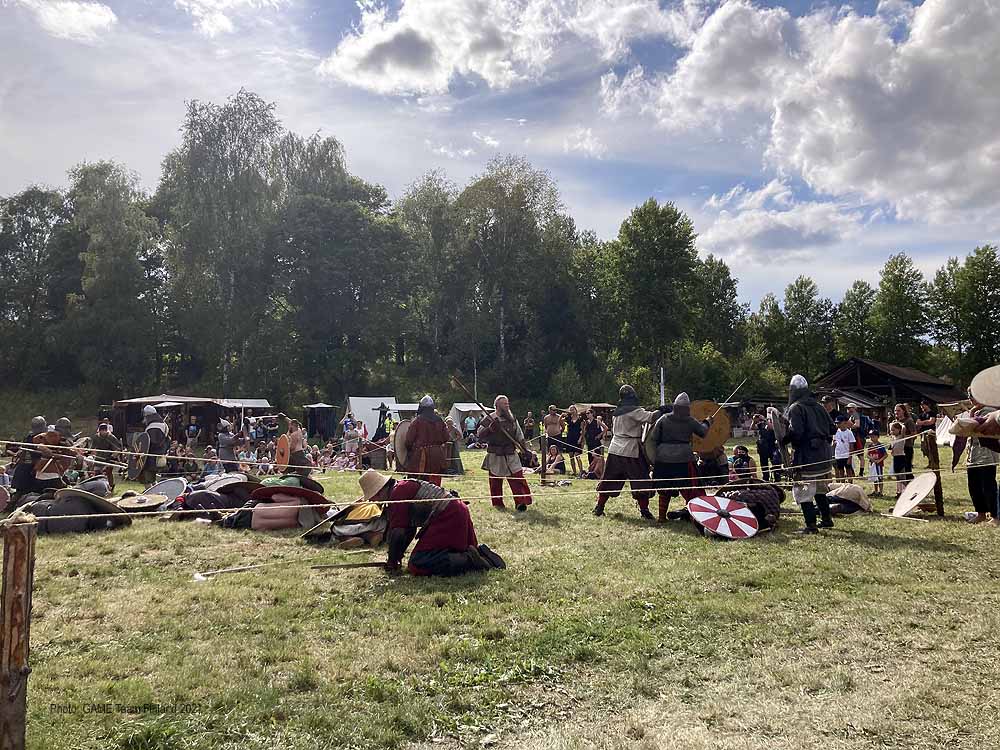
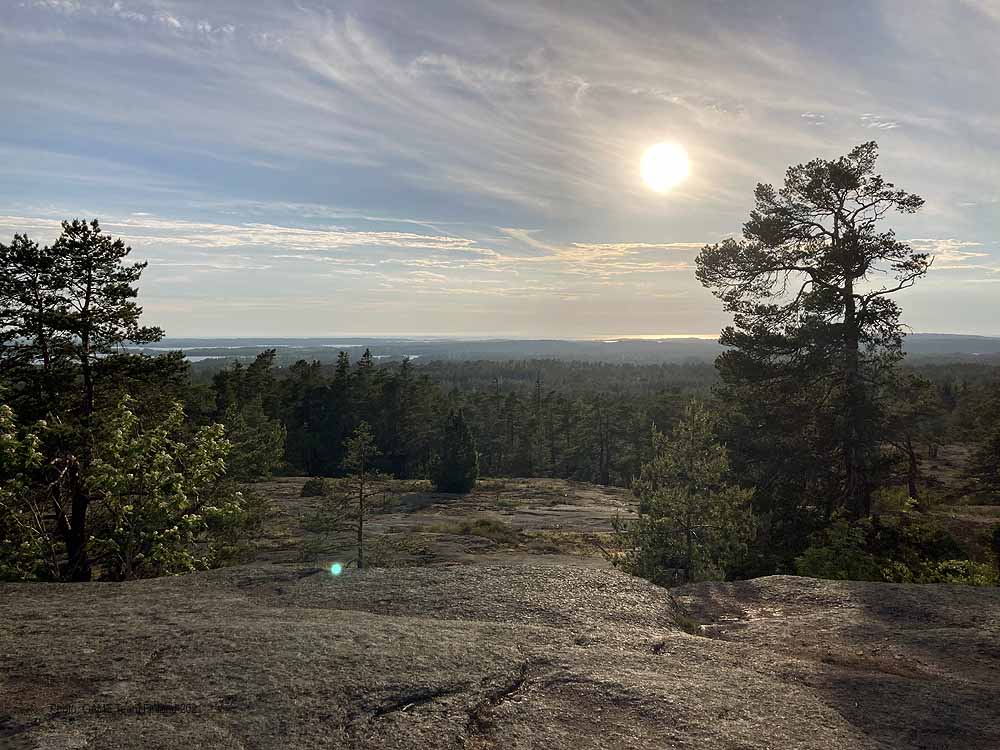
Helen & Sarah
